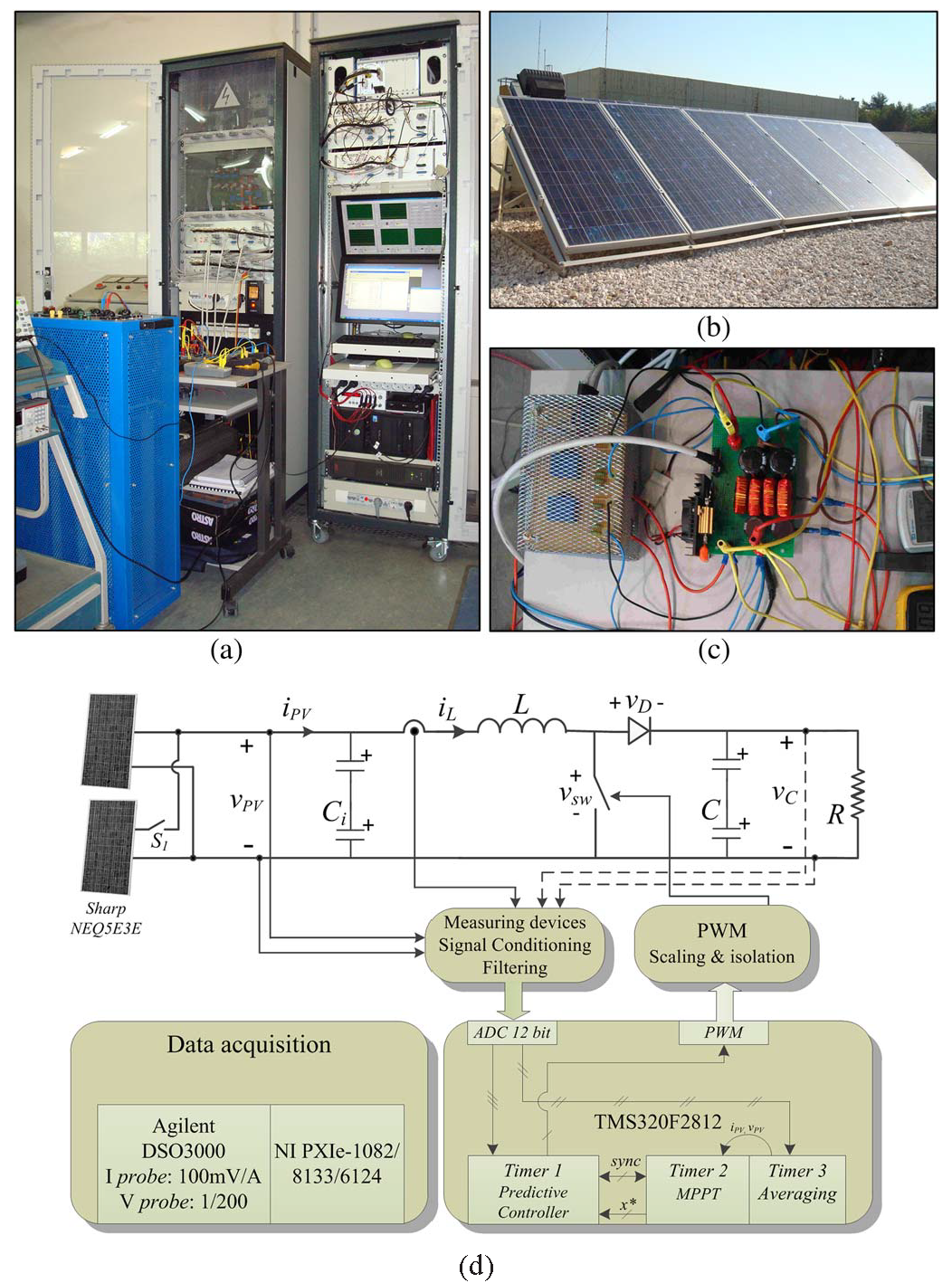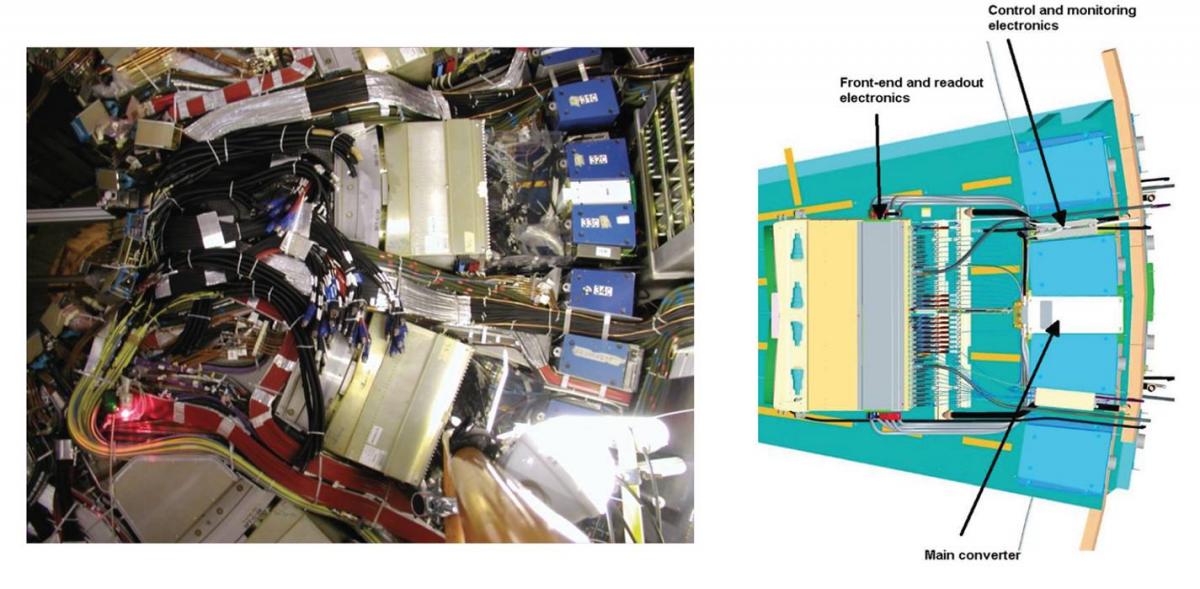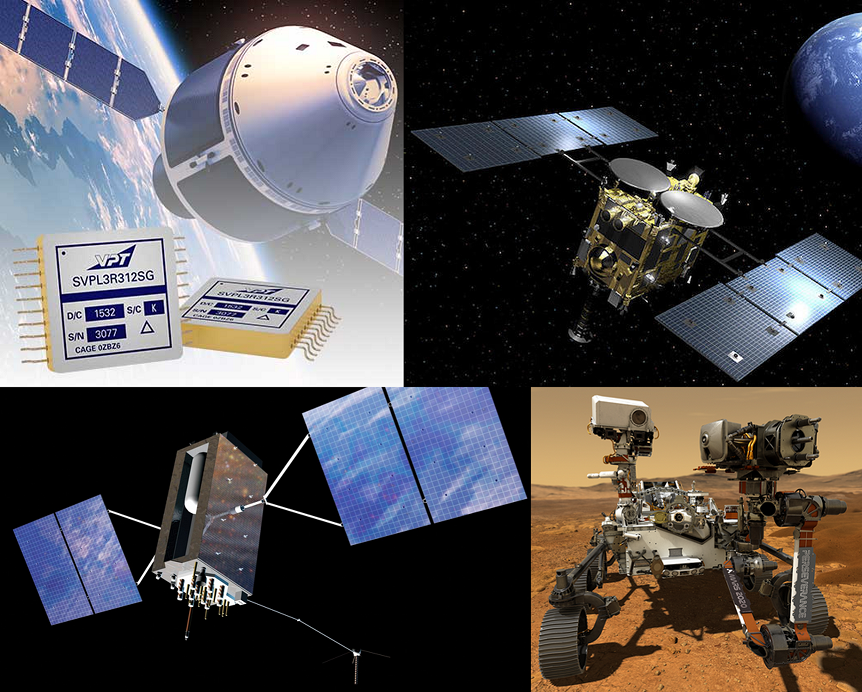Special | A | B | C | D | E | F | G | H | I | J | K | L | M | N | O | P | Q | R | S | T | U | V | W | X | Y | Z | ALL
A |
|---|
AC-DC conversion | |||
|---|---|---|---|
Applications of control: examples | |||
|---|---|---|---|
See 👇 attachment.
| |||
Applications of power electronics: examples | ||||||||||||||||||||||||
|---|---|---|---|---|---|---|---|---|---|---|---|---|---|---|---|---|---|---|---|---|---|---|---|---|
From the computer we are now using to the Internet-of-Things devices that increasingly permeate our everyday reality (see Fig. 1); from variable speed drives (see Fig. 2) to renewable energy systems (see Fig. 3); from automobiles (see [BM11, Ch. 4], [Bad13, Sec. 3.4], [Ras18, Ch. 32]) to aircraft (see [KE01, WB14, SM15]); from particle accelerators (see Fig. 4) to satellites (see Fig. 5), power electronics is everywhere. Wherever there is a need to electrically power a device or system in a certain way, there is a need for power electronics. Fig. 2: A classic representative of an industrial power electronic system is a variable-speed drive (VSD) [Gey17, Ch. 1]. A well-known example of a medium-voltage VSD is ABB’s ACS 6000, as pictured above. A VSD enables the operation of an electrical machine at an adjustable speed and at an adjustable torque. This is achieved by decoupling the grid electrically from the machine. Such a system consists of a step-down transformer connected to the grid, a rectifier, a DC link, an inverter, and an electrical machine driving a mechanical load. The rectifier, which can be a diode rectifier or more commonly an active front end, converts the grid’s fixed-frequency AC quantities (at either 50 or 60 Hz) to DC quantities. The DC link serves as an energy storage element, and decouples the rectifier from the inverter. The inverter transforms the DC quantities back to AC at a variable frequency that is proportional to the rotational speed of the mechanical load. Fig. 3: This example is about Kakosimos et al.’s highly cited work [KKM13] on maximum power point tracking (MPPT). MPPT refers to the tracking of the maximum power point on the current-voltage curve associated with a photovoltaic (PV) system in order to extract maximum power from said system. Kakosimos et al. designed and developed an MPPT controller for the boost converter at the output of the solar panels. Above, (a) shows the system setup, (b) shows the solar panels, (c) shows the boost converter hardware, and (d) shows the boost converter schematics in relation to the controller running on a TMS320F2812 Digital Signal Processor [KKM13, Figures 13-14]. Fig. 4: In high-energy physics experiments, the search for physically significant particle generation/disintegration events requires the capability of 1️⃣ detecting particle trajectories in real time, 2️⃣ applying predefined selection criteria to identify events of interest, and 3️⃣ storing all data related to the identified events of interest. This capability imposes stringent performance requirements on the sensors and associated signal processing and control electronics. The operational frequency of these electronics depends on the event generation rate, which can be as high as several tens of MHz. The requirements are so demanding that all these electronics have to be located inside the sensor array for tracking particle trajectories and measuring their energy. For large-scale experiments like the Large Hadron Collider experiments, the required number of sensors and associated electronic components is so large that it becomes impractical to supply power from outside the chamber through cables. The solution is point-of-load (POL) converters, i.e., DC-DC converters that are physically located as close as possible to their electrical load. This means the power supply circuits are located on the same boards where the signal processing and control electronics are located, i.e., inside the sensor array. The design of POL converters is challenging because of the size constraints and highly hostile environmental conditions (radiation, temperature, magnetic field) they operate in. Applications of power electronics are too many to list exhaustively, but most textbooks provide a list — check the bibliography at the end of each lecture! Below, Table 1 has a list of applications taken from [Ras14, TABLE 1.1]. Those who are not content with Table 1 are encouraged to browse relevant journals, e.g.,
References
| ||||||||||||||||||||||||


